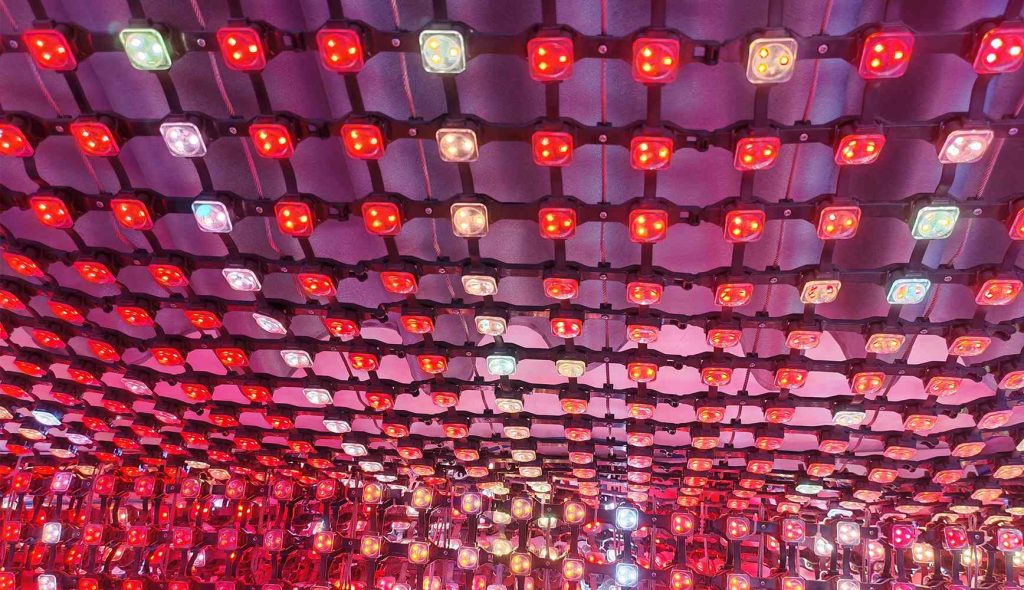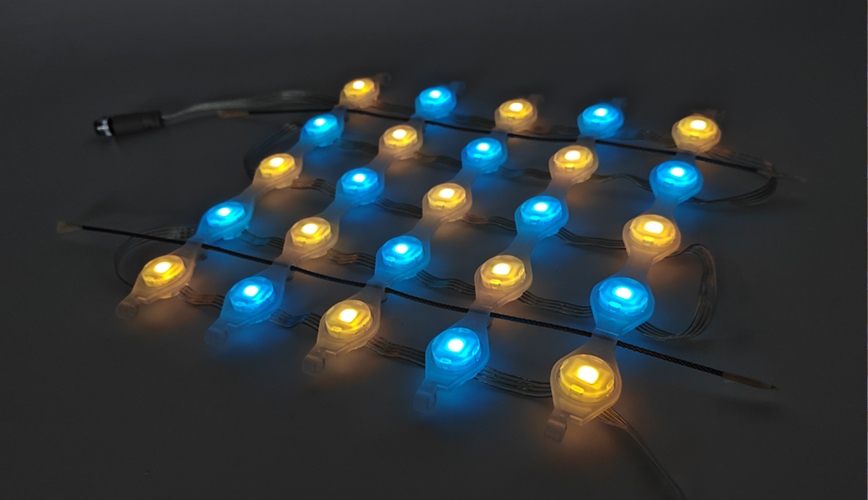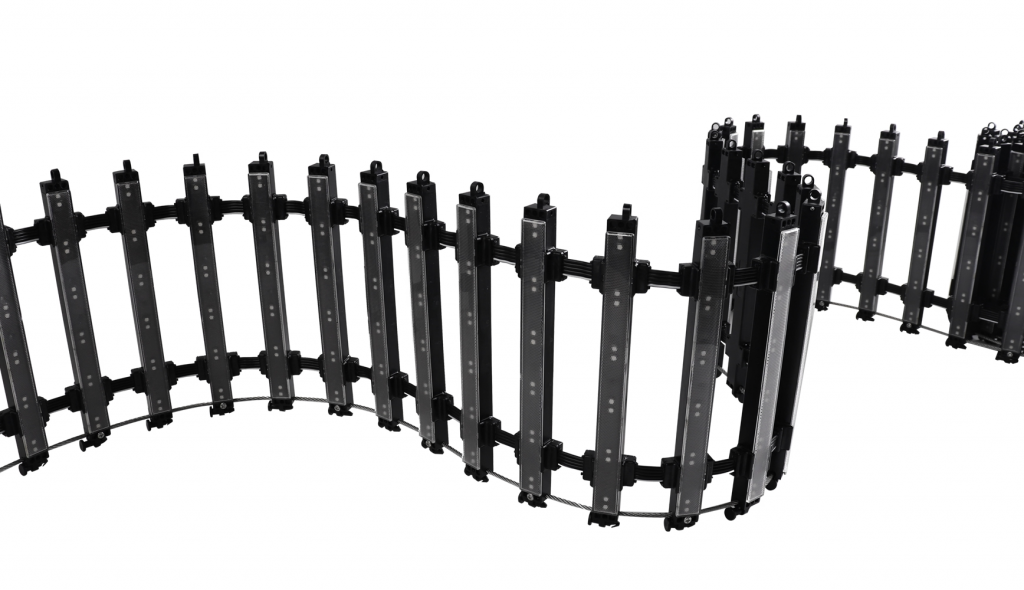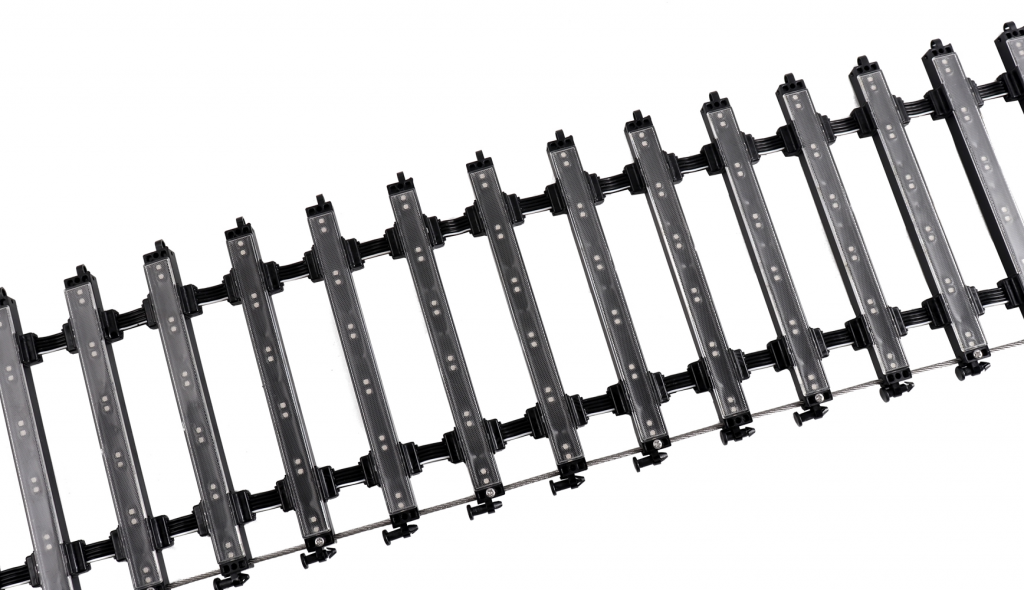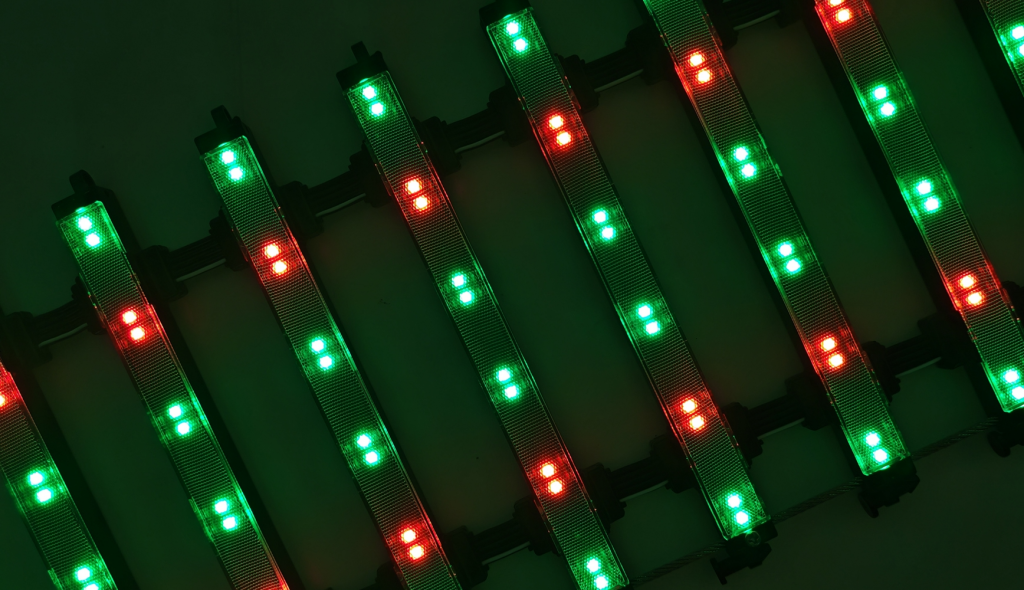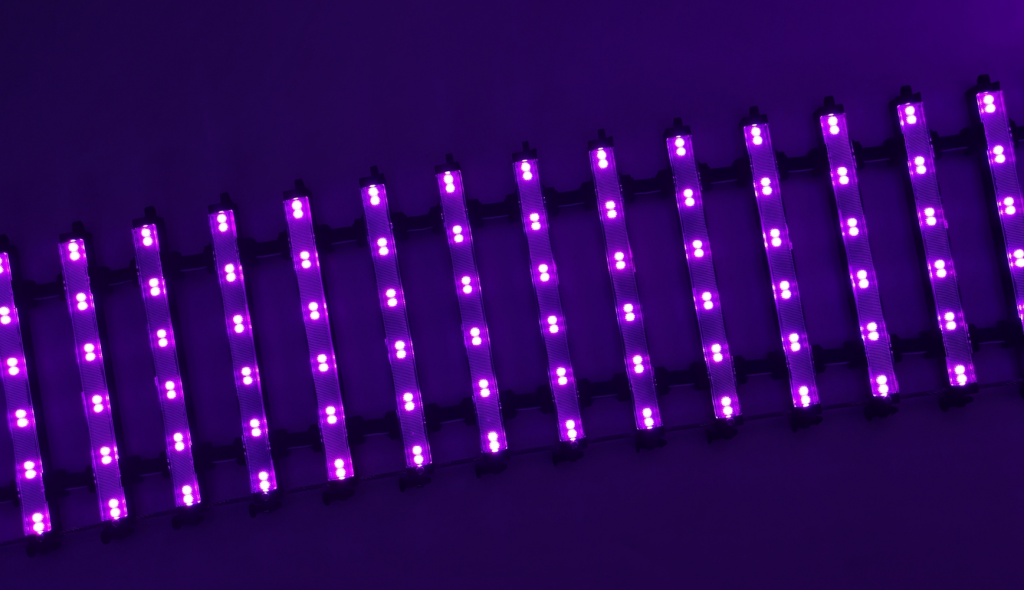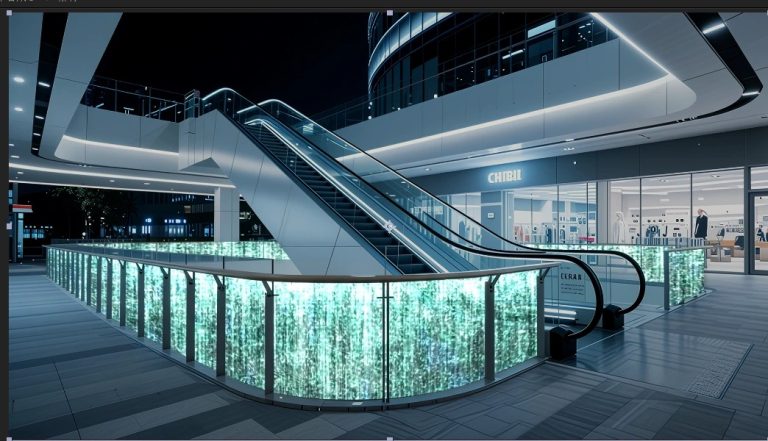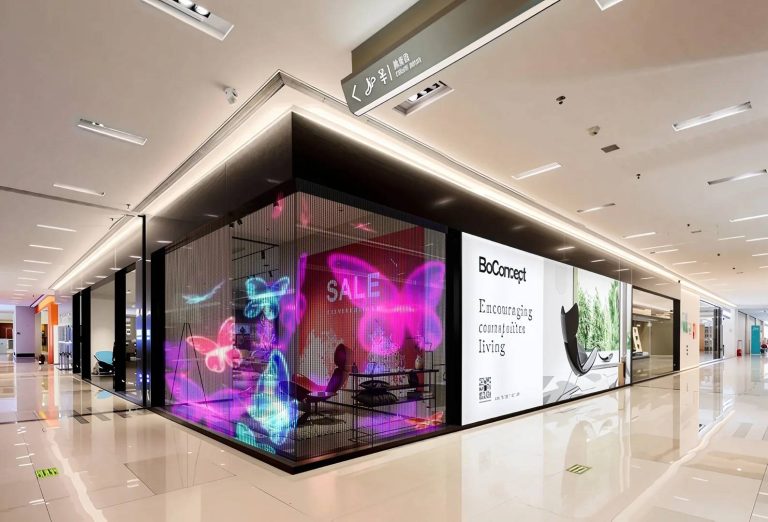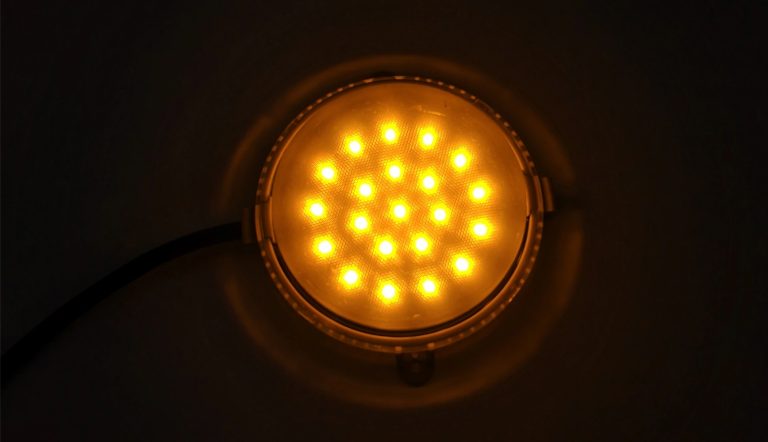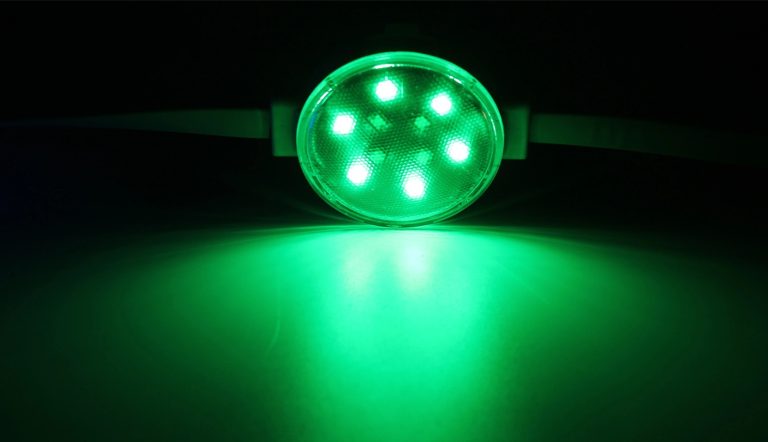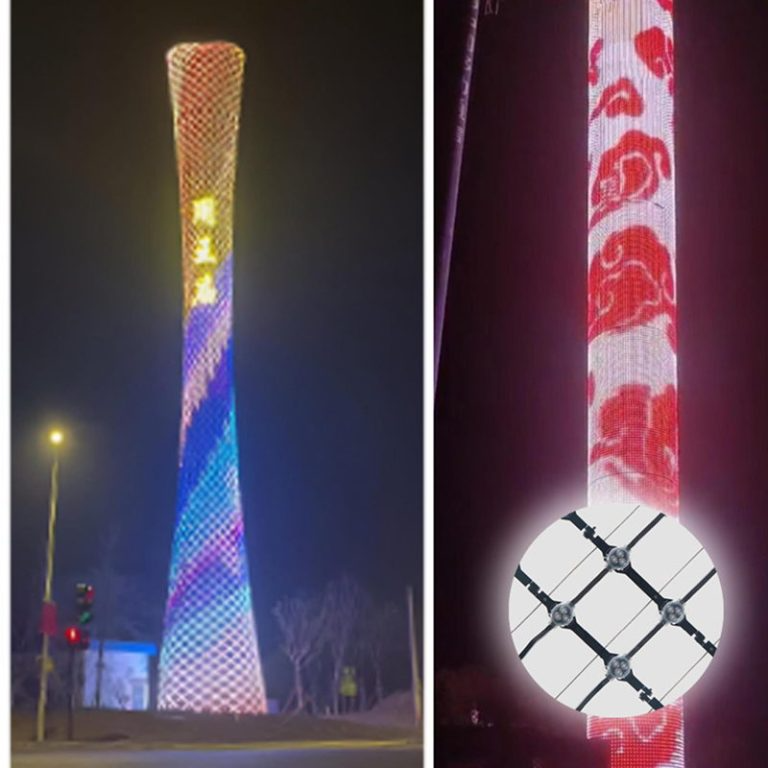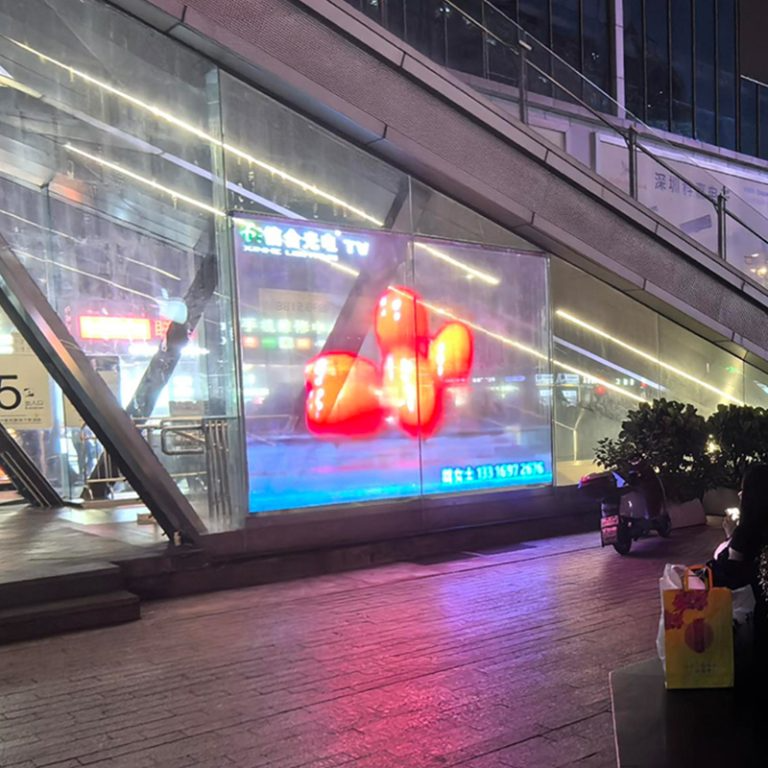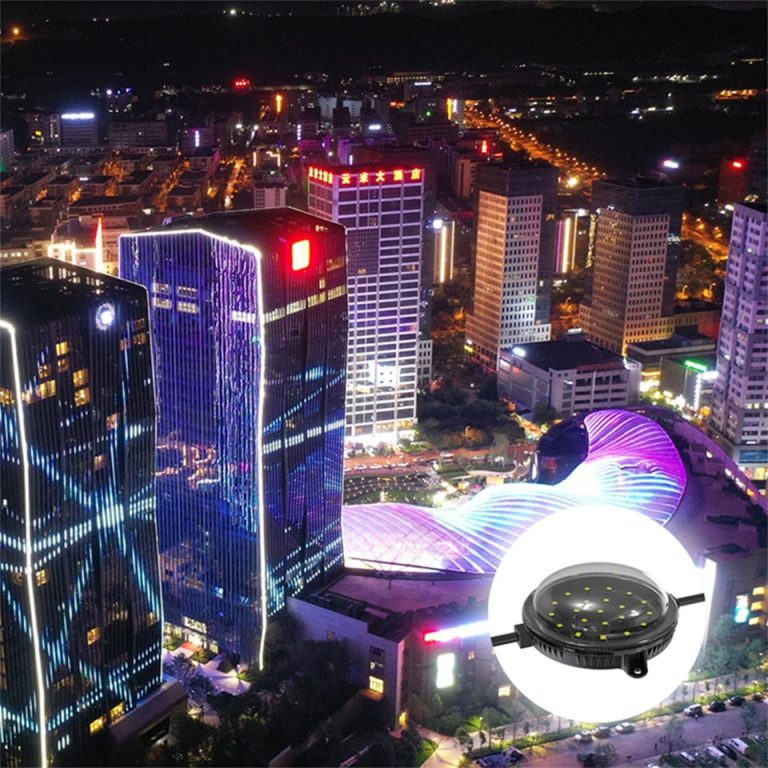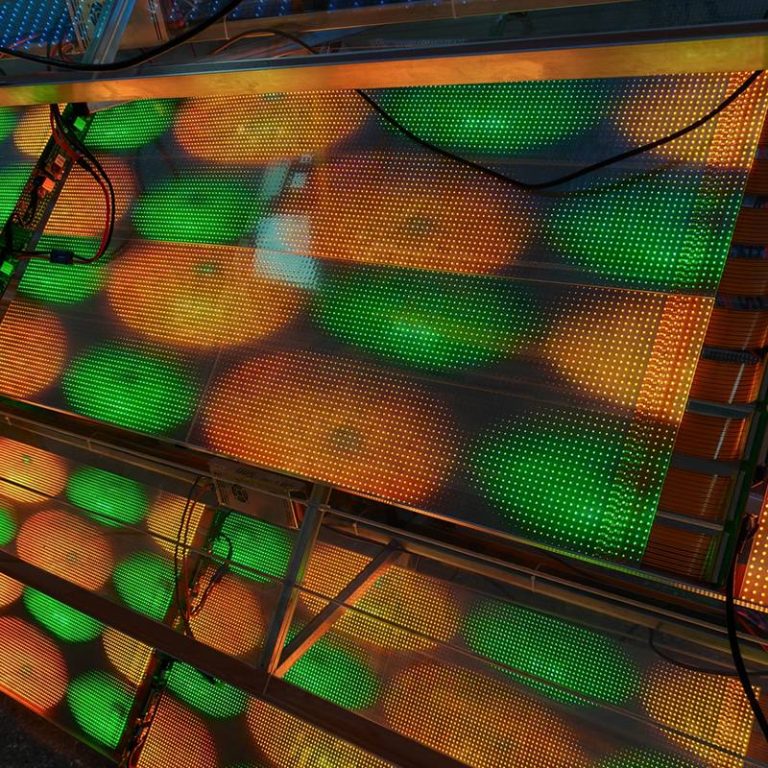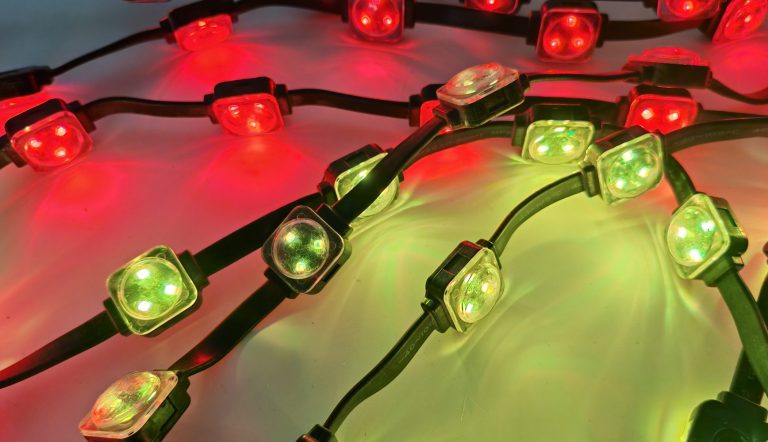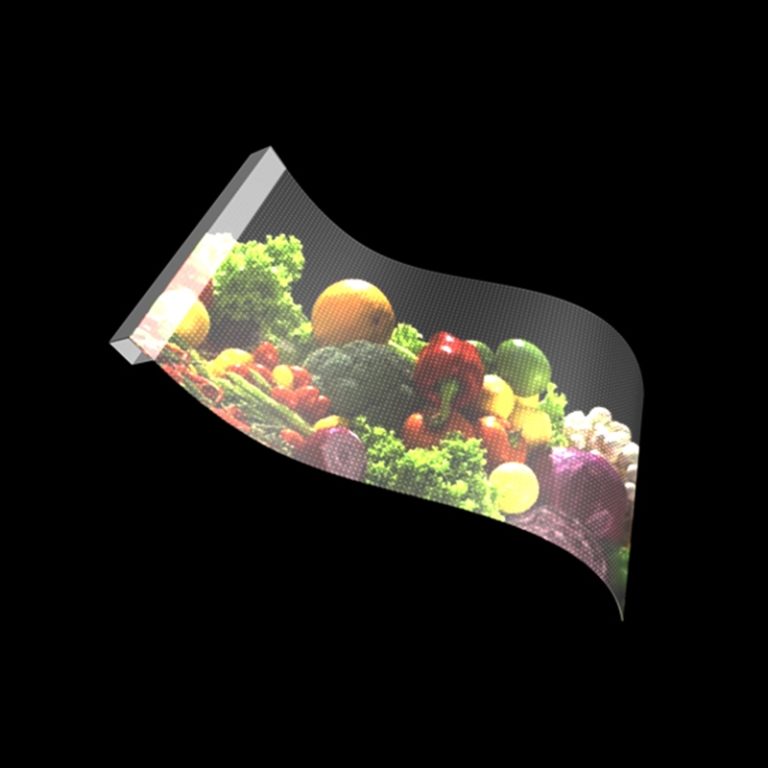Hey there, if you’re in the world of lighting design or urban planning, you’ve probably seen those massive LED grid screens lighting up cityscapes. But let’s be real—most folks just think of them as giant billboards blasting ads. What if I told you they’re way more than that? We’re talking about tools that can transform spaces, spark conversations, and even boost community vibes. In this post, we’ll dive into some fresh ways to use LED grid screens that go beyond selling stuff. We’ll look at real-world examples, toss in some practical tips, and yeah, maybe geek out a bit on the tech. Stick around; you might find inspiration for your next project.
What Are LED Grid Screens Anyway?
First off, let’s get on the same page. LED grid screens are basically networks of LED point lights arranged in a mesh or grid setup. They’re flexible, often see-through, and built to handle outdoor conditions like rain or wind. Unlike solid LED walls that block views, these grids let light and air pass through, making them perfect for wrapping around buildings or hanging in open spaces.
Take the basics from what I’ve seen in the field: these screens use pixels spaced out—say, 50mm to 125mm apart—creating a dotted effect that’s visible from afar but doesn’t overwhelm up close. They’re controlled via stuff like DMX512 protocols, which means you can program them to display videos, patterns, or even interactive content. And get this—they’re energy sippers, often running on low voltages like DC12V or DC24V, with power draws as low as 0.3W per point. That keeps costs down over time.
But here’s a little side note: I once worked on a project where we installed one on a glass curtain wall, and the transparency made it feel like the building was breathing. It wasn’t just functional; it added this ethereal glow at night. Anyway, back to it—these aren’t your average screens. They’re built tough, with IP67 protection against water and dust, and they can last over 30,000 hours. No wonder they’re popping up everywhere.
Transforming Urban Landscapes Creatively
Picture this: a drab concrete wall in a bustling city suddenly comes alive with swirling colors that mimic the flow of traffic below. That’s the kind of impact LED grid screens can have when you think outside the ad box. In urban settings, they’re killer for architectural enhancements. For instance, wrapping a high-rise with a grid screen can outline its shape, turning it into a landmark after dark.
One cool example? Cultural tourism spots. These screens can project historical timelines or local folklore onto building facades, drawing tourists without the need for permanent signs. Data from industry reports shows that such installations can boost foot traffic by up to 25% in off-peak hours—think about that for a city’s economy. And it’s not just pretty; it’s practical. With modular designs, you can adjust pixel density for different effects—higher for detailed images, lower for abstract patterns.
- Bolt-on Installation Perks: Quick setup with steel wire fixation saves labor. I’ve seen teams install massive grids in days, not weeks.
- Curved Surface Magic: They hug irregular shapes like glass curtains or steel structures, no problem.
- Energy and Maintenance Wins: Self-heat dissipation means no extra fans, and flame-retardant materials keep things safe.
Oh, and if you’re worried about glare, many models have wide 160° viewing angles, so the display pops from multiple vantage points. It’s like giving a building a second skin that’s alive.
Elevating Public Spaces and Events
Now, let’s shift to parks, plazas, and festivals—places where people gather. LED grid screens here aren’t about pushing products; they’re about creating experiences. Imagine a public square where the grid syncs with live music, pulsing colors to the beat. Or during holidays, it could display community-submitted art, fostering that warm, fuzzy feeling.
In events, these screens shine—literally. At outdoor concerts, they can form backdrops that react to crowd movements via sensors. A buddy of mine rigged one for a music fest, and it turned the whole area into an immersive light show. Attendance spiked because folks shared pics online. Stats-wise, interactive installations like this can increase social media mentions by 40%, turning passive viewers into active promoters.
But don’t overlook everyday uses. In transportation hubs, grids could show real-time info like train delays with artistic flair—waves of blue for calm, red for alerts. It’s subtle, but it maximizes impact by blending utility with creativity. Plus, their lightweight build (around 2-6kg per square meter) means they’re easy to deploy temporarily.
Pushing Boundaries in Art and Interactive Installations
This is where it gets fun. Artists are loving LED grid screens for installations that blur lines between tech and creativity. Think kinetic sculptures where lights dance based on wind speed or viewer proximity. Beyond advertising, these become conversation starters.
For example, in galleries or public art projects, grids can create illusions—like a “breathing” wall that expands and contracts with light patterns. I’ve stumbled upon one in a museum that simulated ocean waves; kids were mesmerized, and adults snapped endless photos. It’s not just visual; it’s emotional.
On the tech side, with controls like TTL for bad point continuation, the display stays smooth even if a pixel glitches. Artists dig the reliability—over 30,000 hours means their work endures. And for eco-conscious creators, the low power use aligns with green themes. Salt spray resistance? Perfect for coastal installs.
Here’s a quick table on why they’re artist favorites:
| ميزة | Benefit for Art Installations |
| الشفافية | Integrates with environments without blocking views |
| Modular Design | Easy to reconfigure for evolving exhibits |
| High Brightness | Visible day or night, up to 7000cd |
| Durability | Withstands elements, IK10 impact rating |
It’s stuff like this that takes LED grids from functional to phenomenal.
The Hidden Benefits That Maximize Long-Term Impact
Sure, the wow factor is immediate, but the real juice is in the long game. These screens are built for sustainability—V-0 flame retardant, wide temp range from -20°C to 60°C. That means fewer replacements, less waste.
Cost-wise, initial setup might sting, but ROI kicks in fast. Lower energy bills, minimal maintenance (no fans to clean), and versatile applications mean one investment serves multiple purposes. In my experience, clients who go creative see higher engagement—think viral videos of a lit-up landmark boosting tourism dollars.
And yeah, sometimes projects hit snags, like permitting in historic areas. But that’s where planning shines—start with density options to match regulations.
A Brief Introduction to XinHe as an LED Grid Screen Supplier
If you’re hunting for reliable gear, إضاءة شينهي stands out in the LED grid screen game. Founded back in 2004 in Shenzhen, they’ve honed in on point light sources and grid screens with their own patents—over 80 for their “Miracle Bean” series alone. They’re all about quality, holding ISO certifications for environment and quality systems. Their lineup, like the Star H30 or Chuxing G20 series, packs features such as IP67 protection, customizable pixel spacing, and robust builds for big installs. With a 6000m² factory and a team of 250+, they handle everything from design to on-site guidance. XinHe’s not just selling products; they’re pushing LED innovation for green lighting futures.
خاتمة
Wrapping this up, LED grid screens are game-changers when you push past ads into creative realms. From urban glow-ups to art that moves people, they maximize impact in ways that stick. If you’re brainstorming your next venture, consider how these versatile tools can elevate it. The possibilities? Pretty endless.
FAQs
What are some creative LED grid screen applications beyond advertising?
Beyond the usual billboards, think interactive art in parks or dynamic building facades that tell stories. For instance, syncing lights with music at events creates memorable vibes, really maximizing impact without selling a thing.
How do LED grid screens help in maximizing impact for public events?
They amp up engagement by displaying real-time visuals or crowd-responsive patterns. I’ve seen them turn festivals into shareable spectacles, drawing bigger crowds and extending the event’s reach online.
Can LED grid screens be used in harsh outdoor environments?
Absolutely. With IP67 ratings and tough materials, they handle rain, wind, and temps from freezing to scorching. That’s key for creative applications like coastal installations, where durability ensures long-lasting wow.
What makes LED grid screens a good choice for artistic installations?
Their transparency and modularity let artists blend tech with spaces seamlessly. Plus, wide viewing angles and high brightness mean the work pops, going beyond advertising to spark real emotional connections.
How can I start exploring creative LED grid screen applications for my project?
Begin by assessing your space—pixel spacing and control options matter. Chat with suppliers about custom densities; it’s all about tailoring to maximize impact in unique ways.

